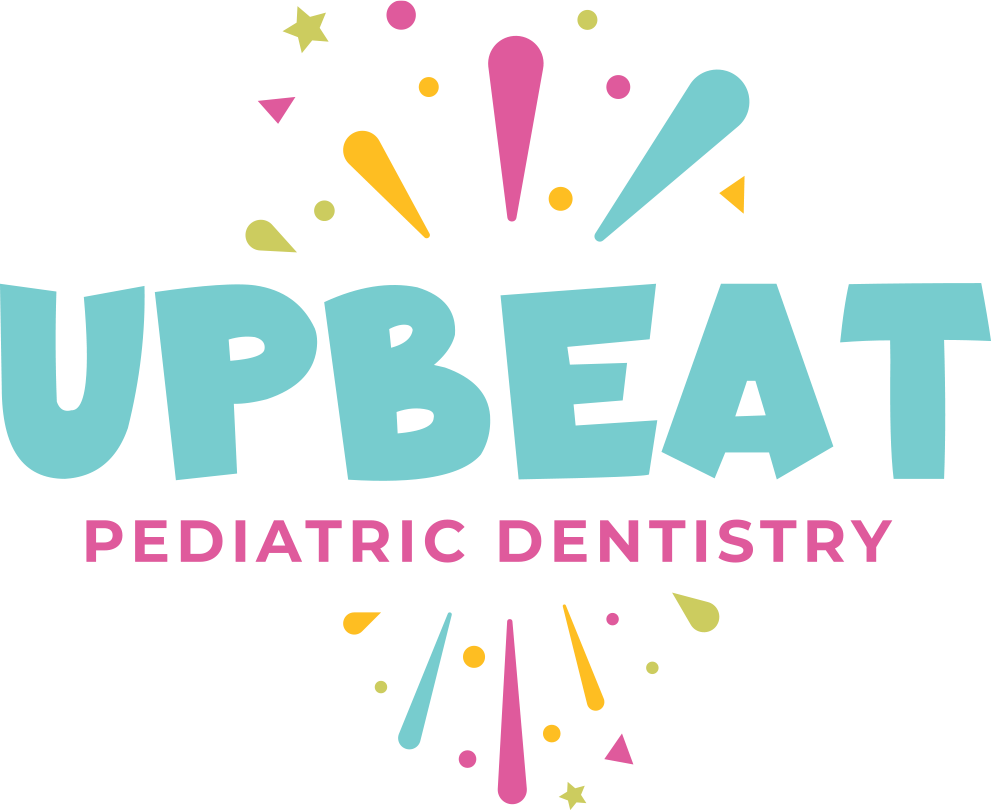Dental x-rays, also known as radiographs, play a crucial role in diagnosing and monitoring oral health conditions in children.
As a parent, you may wonder when it’s appropriate for your child to undergo dental x-rays and why they are necessary.
In this blog post, we’ll explore the importance of dental x-rays for children, the different types of x-rays used in pediatric dentistry, and the recommended guidelines for when children should have x-rays taken.
The Importance of Dental X-Rays
Dental x-rays provide valuable information that is not visible during a visual examination alone. They allow pediatric dentists to detect dental problems early, diagnose oral conditions accurately, and develop appropriate treatment plans tailored to your child’s needs.
X-rays can reveal hidden cavities between teeth, assess the development of permanent teeth, evaluate the health of the jawbone and surrounding structures, and detect abnormalities such as impacted teeth or developmental issues.
Types of Dental X-Rays Used in Pediatric Dentistry
There are several types of dental x-rays commonly used in pediatric dentistry, each serving a specific purpose:
Bitewing X-Rays: These x-rays capture images of the upper and lower teeth in a single area of the mouth. Bitewing x-rays are often used to detect cavities between teeth, monitor the progression of dental decay, and assess the fit of dental fillings or crowns.
Periapical X-Rays: Periapical x-rays focus on individual teeth and show the entire length of the tooth, from the crown to the root tip. These x-rays are useful for evaluating the root structure, detecting abscesses or infections, and assessing the surrounding bone.
Panoramic X-Rays: Panoramic x-rays provide a comprehensive view of the entire mouth, including the teeth, jaws, temporomandibular joints (TMJ), and surrounding structures. These x-rays are valuable for assessing dental development, detecting abnormalities in tooth alignment or eruption, and planning orthodontic treatment.
Orthodontic X-Rays: Orthodontic x-rays, such as cephalometric and cone beam computed tomography (CBCT) scans, are used to evaluate the relationship between the teeth, jaws, and facial structures. These x-rays help orthodontists diagnose malocclusions, plan orthodontic treatment, and monitor treatment progress.
Recommended Guidelines for Dental X-Rays in Children
The American Academy of Pediatric Dentistry (AAPD) provides guidelines for when children should have dental x-rays taken. These guidelines take into account factors such as age, risk factors for dental problems, and the child’s individual oral health needs.
Here are some general recommendations:
First X-Rays
According to the American Academy of Pediatric Dentistry (AAPD), the first dental X-rays for a child are typically recommended around the age of 2 to 3 years old. However, X-rays may be taken earlier if there are specific concerns or issues that need to be addressed.
Routine X-Rays
Low-Risk Patients: Children with good oral health and a low risk of cavities may require X-rays less frequently, typically every 1 to 2 years. These routine X-rays help dentists monitor your child’s dental health and detect any potential issues early on.
High-Risk Patients: Children who are at a higher risk of dental problems, such as those with a history of cavities or other oral health issues, may need X-rays more frequently. In these cases, X-rays may be recommended every 6 to 12 months to closely monitor their oral health and intervene promptly if necessary.
Orthodontic Treatment
If your child is undergoing orthodontic treatment, such as braces or aligners, X-rays are often necessary to assess the development of their adult teeth and the alignment of their jaw. These X-rays help orthodontists plan and monitor the progress of treatment effectively.
Emergencies or Symptoms
X-rays may be recommended if your child experiences a dental emergency, such as a toothache, dental trauma, or swelling. X-rays can help diagnose the underlying cause of symptoms and guide appropriate treatment.
Customized X-Ray Schedule
The timing for dental X-rays in children depends on several factors, including their age, oral health status, and risk of dental problems. The frequency of dental X-rays for children also varies depending on their individual needs and risk factors. Here are some common guidelines:
Your child’s dentist will consider various factors, including their age, oral health history, and risk factors, to determine the most appropriate X-ray schedule for them.
It’s essential to discuss any concerns or questions you may have with your child’s dentist to ensure that you’re comfortable with the recommended course of action.
Remember that the benefits of dental X-rays in terms of early detection and prevention of dental problems far outweigh the minimal risk associated with the radiation exposure.
The Importance of X-Rays
Dental x-rays are an essential tool in pediatric dentistry for diagnosing and monitoring oral health conditions in children.
By following recommended guidelines for when children should have x-rays taken and working closely with your pediatric dentist, you can ensure your child receives the appropriate care and maintains a healthy smile for years to come.
If you have any questions or concerns about dental x-rays for your child, don’t hesitate to contact us. Your child’s oral health is our top priority, and we’re here to provide the personalized care and support they need!







